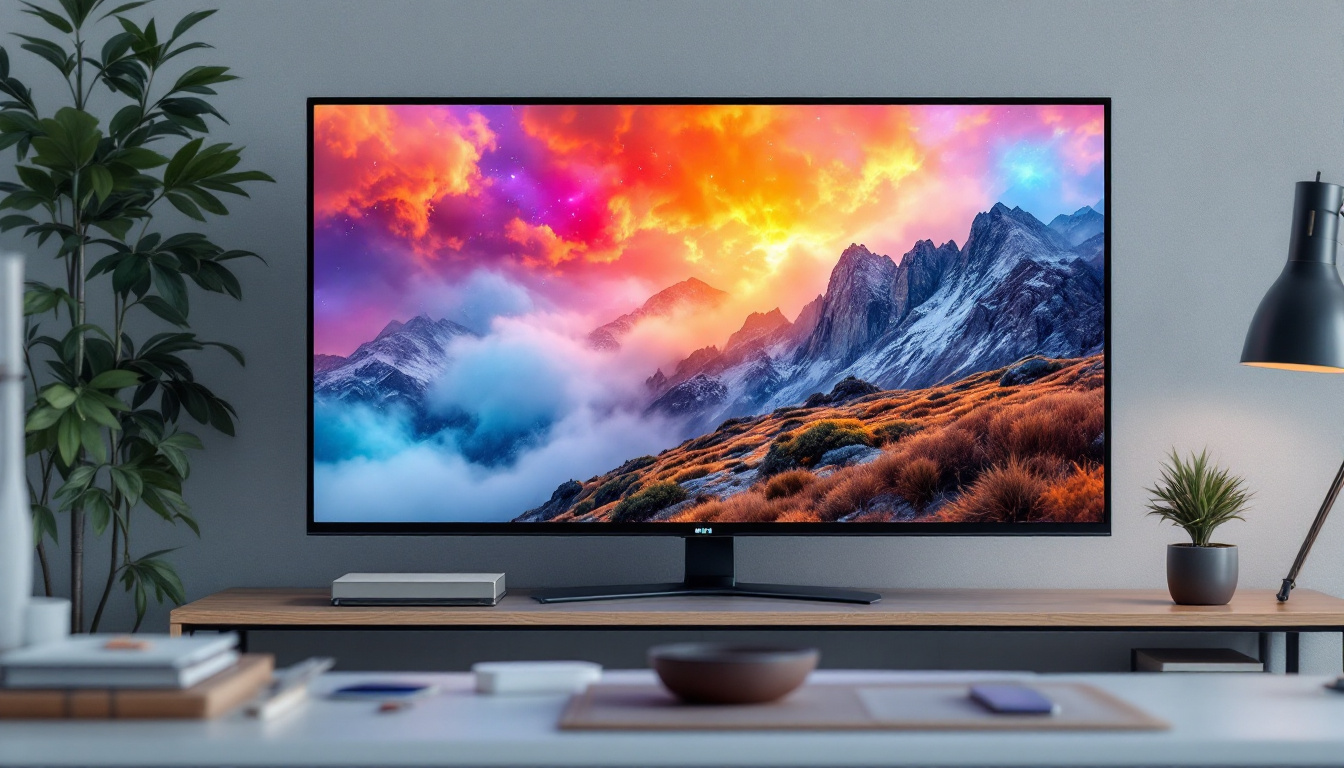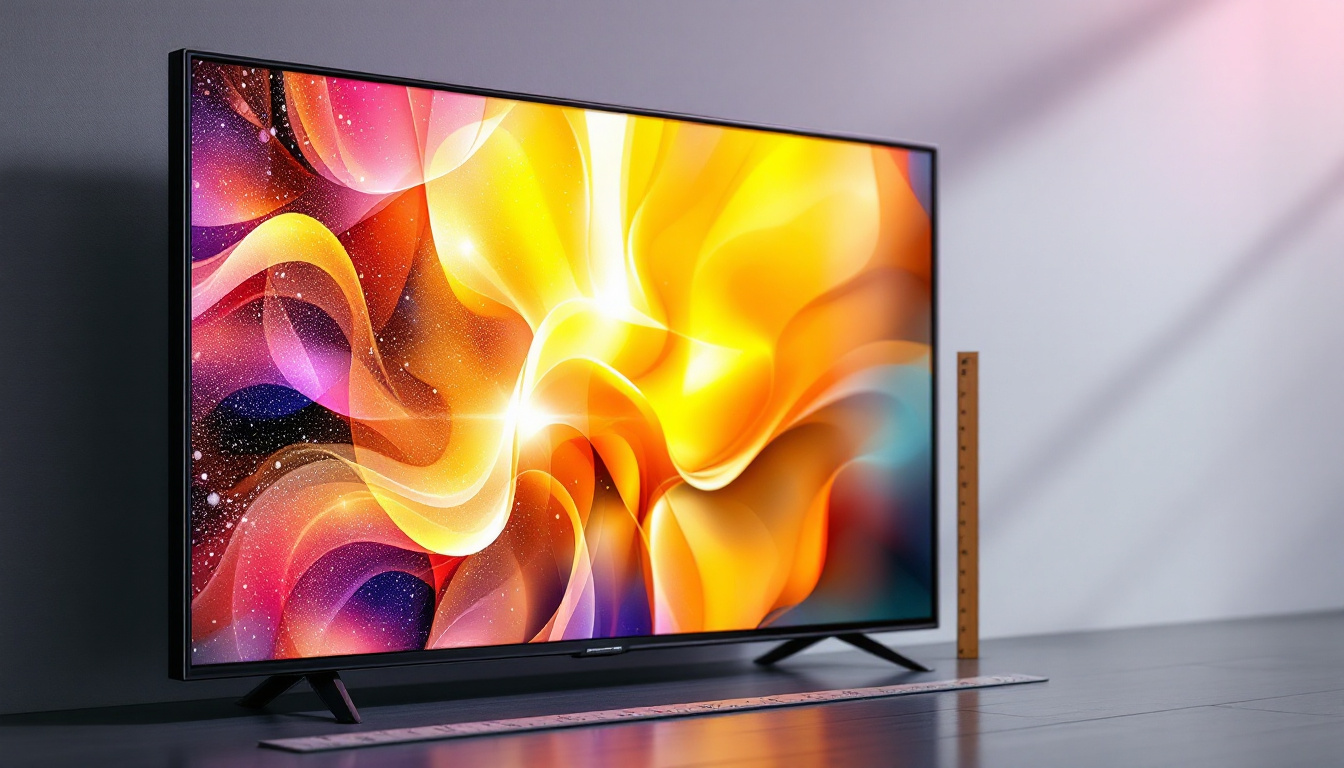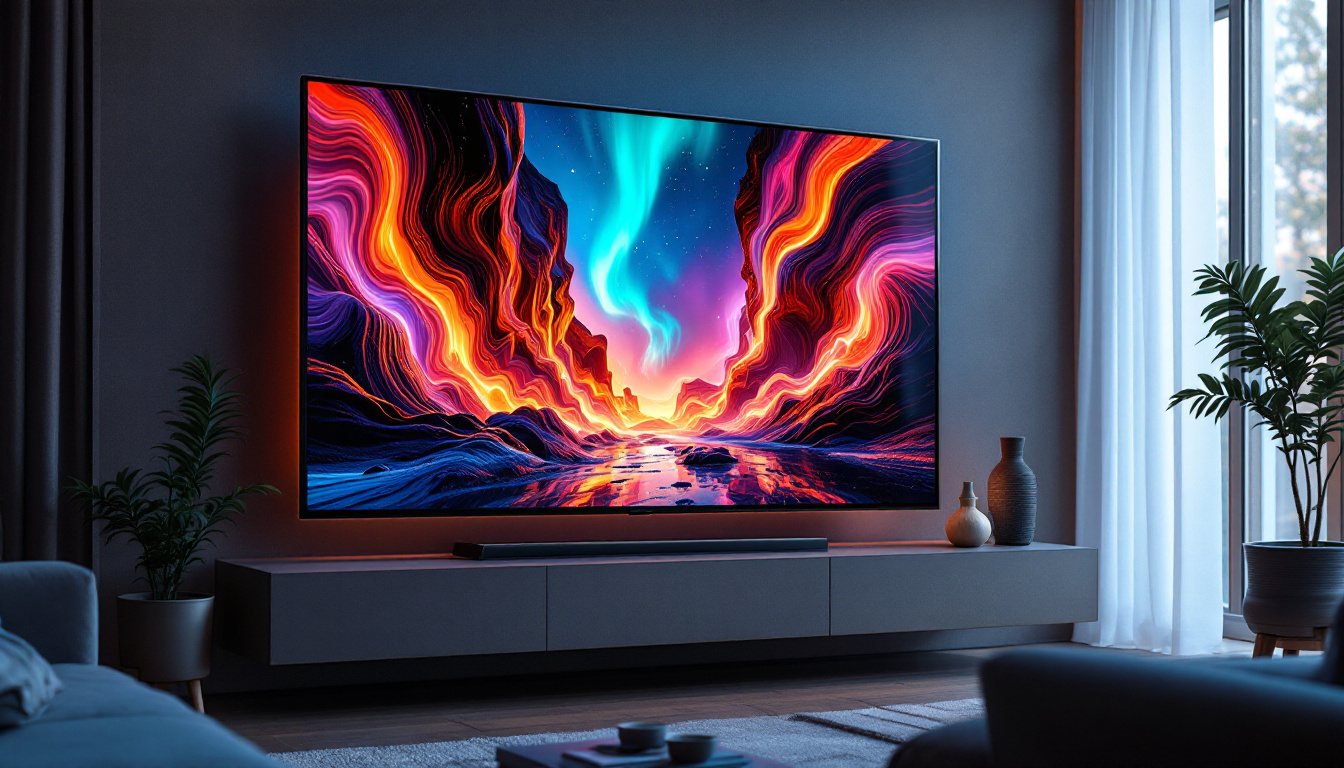In the ever-evolving world of technology, touch displays have emerged as a significant innovation, revolutionizing the way users interact with devices. From smartphones to large interactive kiosks, touch displays have become ubiquitous in various sectors, including education, retail, and healthcare. This article delves into the intricacies of touch displays, particularly focusing on LED technology, to provide a comprehensive understanding of how these systems work and their applications.
Understanding Touch Displays
Touch displays are screens that allow users to interact with a device through physical touch. This technology has transformed user interfaces, making them more intuitive and accessible. Unlike traditional displays that rely solely on buttons and keyboards, touch displays enable direct interaction, enhancing user experience.
Types of Touch Technologies
There are several types of touch technologies used in touch displays, each with its unique characteristics. The most common types include resistive, capacitive, and optical touch screens. Understanding these technologies is crucial for selecting the right display for specific applications.
Resistive touch screens consist of two flexible layers separated by a small gap. When pressure is applied, the layers touch each other, registering the input. This technology is cost-effective and works well with styluses or gloves, making it suitable for industrial applications. Moreover, resistive screens are often used in environments where moisture or dust may interfere with other types of touch technology, as they can function effectively even when dirty or wet.
Capacitive touch screens, on the other hand, use the electrical properties of the human body to detect touch. These screens are more responsive and support multi-touch gestures, making them popular in smartphones and tablets. The ability to recognize multiple touch points simultaneously has opened up new avenues for interactive applications, such as gaming and creative software. Optical touch screens utilize cameras and infrared sensors to detect touch, allowing for larger screen sizes without sacrificing clarity. This technology is particularly advantageous in settings like digital signage, where large displays are needed to attract attention and engage viewers.
Key Features of Touch Displays
Touch displays come with a variety of features that enhance their functionality. These include multi-touch capabilities, which allow users to perform gestures like pinch-to-zoom and swipe. Additionally, many touch displays offer high-resolution screens, providing vibrant colors and sharp images that improve the overall user experience. The integration of advanced display technologies, such as OLED and AMOLED, further enhances visual quality, offering deeper blacks and more vivid colors that captivate users.
Another essential feature is durability. Many touch displays are designed to withstand harsh environments, making them suitable for outdoor use or in industrial settings. This durability often comes from materials such as tempered glass or specialized coatings that resist scratches and impacts. Furthermore, some touch displays are equipped with anti-glare and anti-fingerprint coatings, ensuring that users can interact with the screen without distractions from smudges or reflections. This attention to durability and usability makes touch displays an ideal choice for a wide range of applications, from retail kiosks to medical devices, where reliability and clarity are paramount.
LED Technology in Touch Displays
LED (Light Emitting Diode) technology has become a popular choice for touch displays due to its numerous advantages. LED displays are known for their brightness, energy efficiency, and long lifespan. Understanding how LED technology works in touch displays is critical for appreciating its benefits.
How LED Displays Work
LED displays consist of a matrix of tiny light-emitting diodes that create images by lighting up in various colors. These diodes can be arranged in different configurations, such as RGB (Red, Green, Blue) to produce a full spectrum of colors. When combined with touch technology, LED displays can provide a vibrant and responsive interface.
The brightness of LED displays is one of their standout features. Compared to traditional LCD displays, LED screens can achieve higher brightness levels, making them suitable for use in well-lit environments. This characteristic is particularly beneficial for outdoor displays, where sunlight can wash out images on less capable screens.
Advantages of LED Touch Displays
LED touch displays offer several advantages that make them a preferred choice for various applications. One of the most significant benefits is energy efficiency. LED technology consumes less power than traditional display technologies, resulting in lower operational costs and a reduced environmental impact.
Moreover, LED displays have a longer lifespan, often lasting tens of thousands of hours before requiring replacement. This longevity reduces maintenance costs and ensures that devices remain functional for extended periods. Additionally, the durability of LED technology means that these displays can withstand harsher conditions, making them ideal for use in industrial settings or outdoor environments where exposure to the elements is a concern.
Another notable advantage of LED touch displays is their rapid response time. The instantaneous illumination of LEDs allows for quick refresh rates, which is essential for applications requiring real-time interaction, such as gaming or interactive kiosks. This responsiveness enhances user experience, making touch interactions feel seamless and fluid. Furthermore, the compact size of LEDs allows for thinner and lighter display designs, enabling manufacturers to create sleek devices that are both aesthetically pleasing and functional.
Applications of Touch Displays
The versatility of touch displays makes them suitable for a wide range of applications across different sectors. From consumer electronics to industrial machinery, the use of touch displays has become increasingly prevalent.
Consumer Electronics
In the realm of consumer electronics, touch displays are most commonly found in smartphones, tablets, and laptops. The intuitive nature of touch interfaces enhances user engagement, allowing for seamless navigation and interaction with applications. As technology advances, touch displays are becoming more sophisticated, incorporating features like facial recognition and haptic feedback.
Smart home devices also leverage touch displays to provide users with control over various functionalities, such as lighting, security, and entertainment systems. These devices often integrate voice recognition and smart assistants, creating a comprehensive user experience. Furthermore, the integration of touch displays in kitchen appliances, such as smart refrigerators and ovens, allows users to access recipes, manage grocery lists, and even control cooking temperatures with just a few taps, making daily tasks more efficient and enjoyable.
Retail and Hospitality
In retail environments, touch displays are used for interactive kiosks, point-of-sale systems, and digital signage. These displays allow customers to browse products, place orders, and access information quickly. The engaging nature of touch displays can significantly enhance customer experiences, leading to increased sales and customer satisfaction. Retailers are also utilizing data analytics from these touch interfaces to better understand consumer behavior, tailoring promotions and inventory based on real-time feedback.
In the hospitality industry, touch displays are utilized for check-in kiosks, room controls, and informational displays. Guests can interact with these systems to customize their experiences, from adjusting room settings to accessing local attractions. Additionally, restaurants are adopting touch displays for tableside ordering, allowing diners to place orders directly from their seats. This not only streamlines the ordering process but also enhances the dining experience by providing instant access to menu items, nutritional information, and even pairing suggestions for beverages, thereby fostering a more personalized service.
Challenges and Considerations
Despite the numerous advantages of touch displays, there are challenges and considerations that must be addressed when implementing this technology. Understanding these challenges can help organizations make informed decisions about their use.
Cost Considerations
While touch displays offer significant benefits, they can also come with higher upfront costs compared to traditional displays. Organizations must weigh the potential return on investment against the initial expenditure. In many cases, the enhanced user experience and increased efficiency justify the cost.
Additionally, maintenance and repair costs should be considered. Touch displays, particularly those used in high-traffic areas, may require more frequent servicing due to wear and tear. Investing in durable materials and protective coatings can mitigate these costs over time.
Environmental Factors
Environmental factors can also impact the performance of touch displays. For example, extreme temperatures or direct sunlight can affect the responsiveness and visibility of touch screens. Organizations must consider the operating environment when selecting touch display technology to ensure optimal performance.
The Future of Touch Displays
The future of touch displays looks promising, with ongoing advancements in technology paving the way for even more innovative applications. As industries continue to embrace digital transformation, the demand for touch displays is expected to grow.
Emerging Technologies
Emerging technologies such as augmented reality (AR) and virtual reality (VR) are set to revolutionize the touch display landscape. These technologies rely on touch interfaces to create immersive experiences, allowing users to interact with digital content in new and exciting ways.
Additionally, advancements in haptic feedback technology are enhancing the tactile experience of touch displays. Users can now receive physical feedback when interacting with virtual elements, making the experience more engaging and realistic.
Integration with AI and IoT
As artificial intelligence (AI) and the Internet of Things (IoT) continue to evolve, touch displays will play a crucial role in facilitating interactions between users and smart devices. AI-driven interfaces can provide personalized experiences, adapting to user preferences and behaviors.
Moreover, touch displays will increasingly serve as central hubs for controlling interconnected devices within smart environments, streamlining user interactions and enhancing overall efficiency.
Conclusion
Touch displays, particularly those utilizing LED technology, have transformed the way users interact with devices across various sectors. Their intuitive interfaces, energy efficiency, and vibrant displays make them a preferred choice for consumer electronics, retail, hospitality, and more.
While challenges such as cost and environmental factors exist, the benefits of touch displays far outweigh these concerns. As technology continues to advance, the future of touch displays looks bright, with emerging technologies and innovations set to enhance user experiences even further.
In a world increasingly driven by digital interaction, understanding the intricacies of touch displays and their applications is essential for businesses and consumers alike. As this technology evolves, it will undoubtedly continue to shape the way we engage with the digital world.
Discover LumenMatrix’s Innovative LED Display Solutions
Ready to elevate your digital interactions with cutting-edge LED display technology? Look no further than LumenMatrix, a pioneer in crafting immersive visual experiences through advanced LED display modules. Whether you’re seeking to boost your brand’s presence with an Indoor LED Wall Display, captivate passersby with an Outdoor LED Wall Display, or engage fans with a dynamic LED Sports Display, LumenMatrix has the solution to meet your needs. Embrace the future of visual communication and check out LumenMatrix LED Display Solutions today to transform how you connect with your audience.































